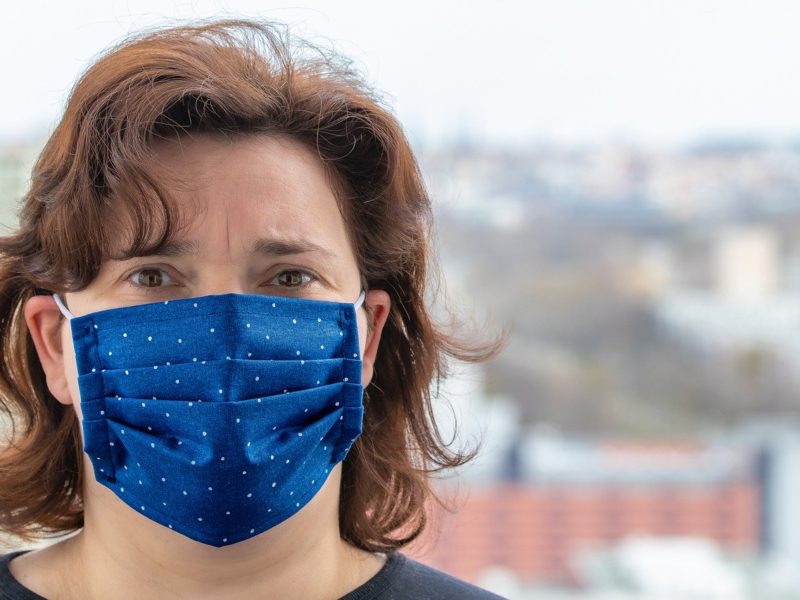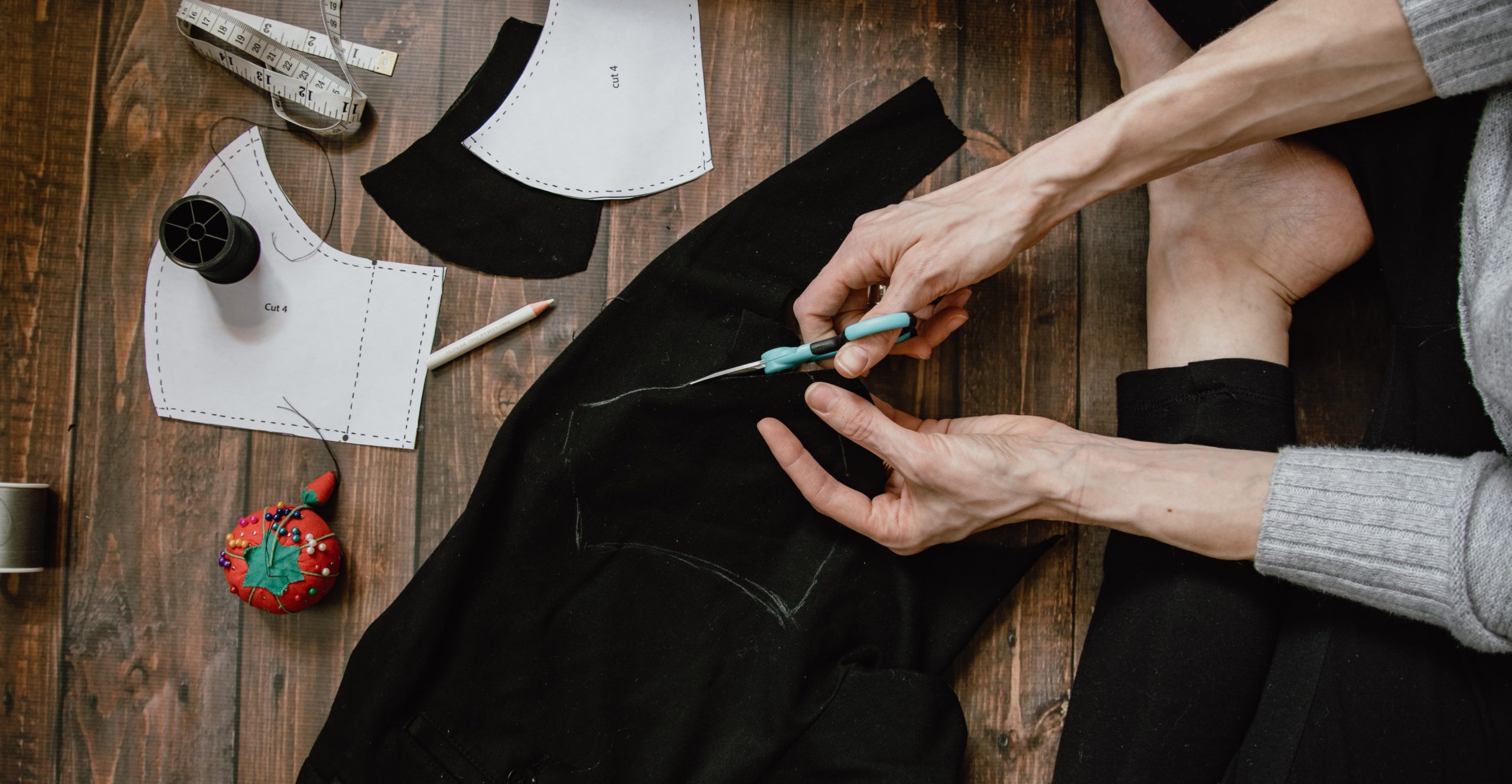
Which Fabrics Are Better At Providing Greater Protection Against The Virus?
During this pandemic, government authorities are urging people to protect themselves. At the same time, due to the shortage of these valuable defense items in the market, they are requesting to let the N95 and surgical masks be reserved for medical professionals and people on the front lines. In such a crisis, it is best to resort to self-help and DIY face masks. And before you start thinking about making those for yourself and your family, keep in mind that not all fabrics are effective at protecting you against the virus. Making sure you choose the right fabric for your face mask is essential.
Best Fabrics For Face Masks
1. Quilting Cotton
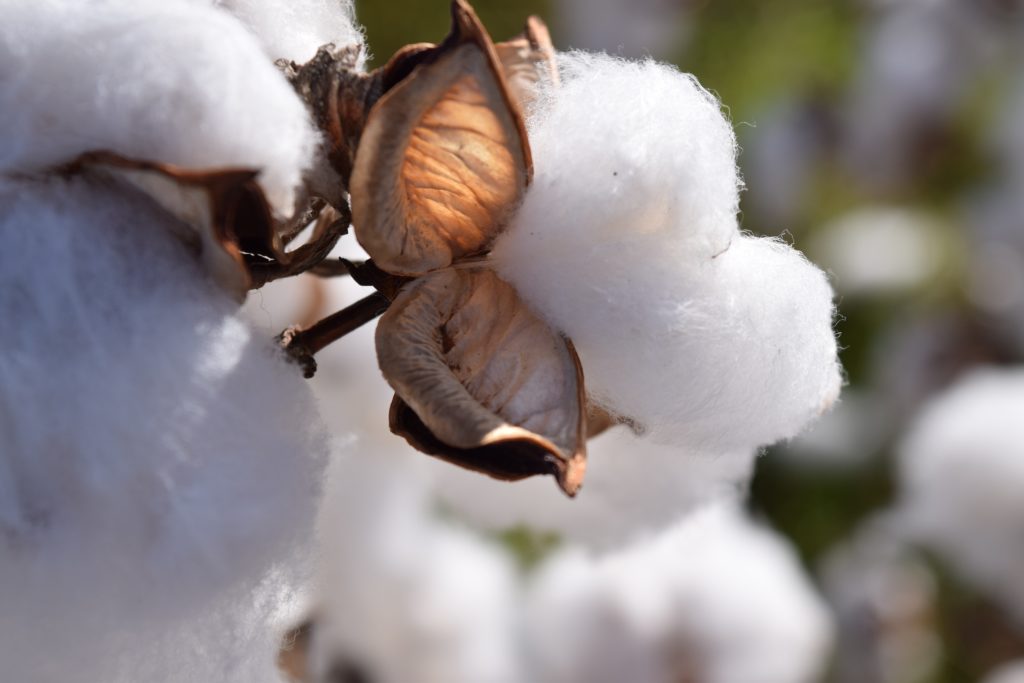
According to the CDC, tightly woven cotton and quilting fabrics are the best at protecting you against a virus, such as COVID19. Extensive research was conducted on the subject matter and the results showed that thick and high-grade materials block out the virus more effectively as compared to fabrics that have open weaves.
A general rule of thumb to follow is that if the fabric blocks light effectively, it is sufficient in terms of offering protection against microbes as well. Quilting cotton is highly desirable in this regard because it has tight weaves, has thicker material, and a heavy yarn.
2. Natural Silk
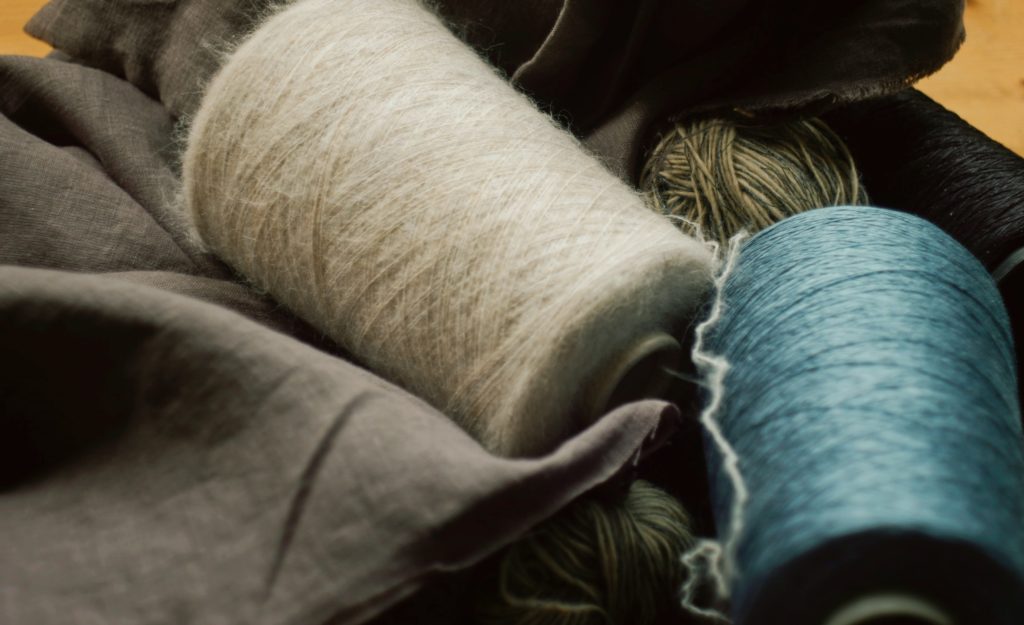
Researchers at the ACS Nano has reported that natural silk, in combination with cotton, can act as an excellent material for protective face masks. The virus COVID19 is known to spread via respiratory droplets. The tiniest-sized droplets that can slip through fabrics and can cause harm are known as aerosols. From the research study, it was evident that natural silk is efficient at blocking aerosol particles and keeping you safe, provided that the mask you’re wearing is the right fit for your face and there aren’t any gaps.
3. Flannel
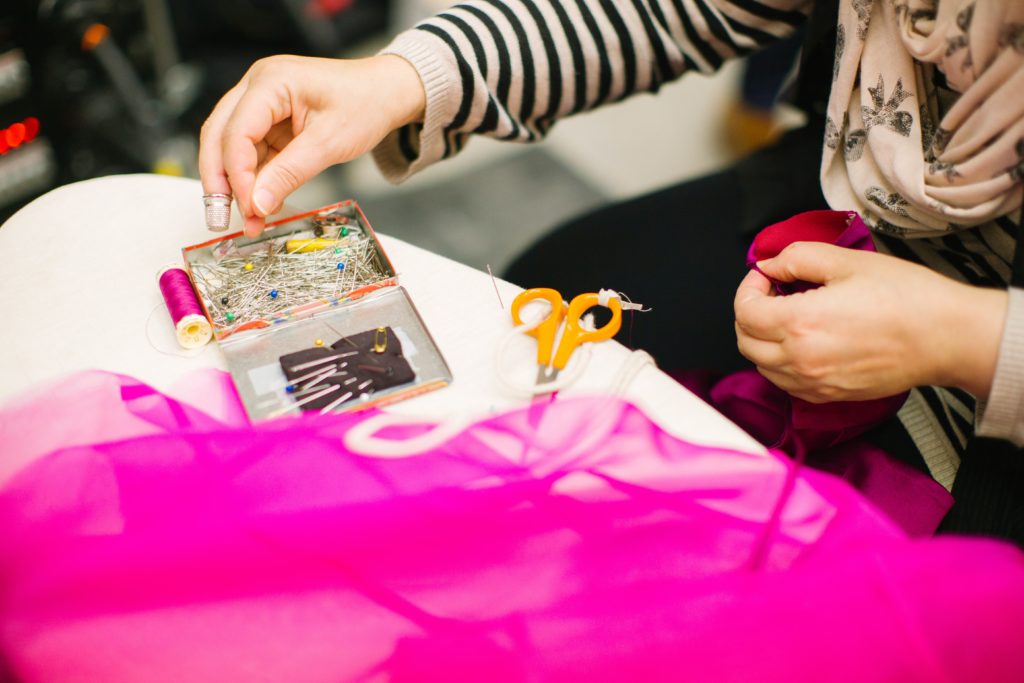
Another fabric that was found to be equally as effective against the virus as natural silk was flannel. Flannel also has tight weaves and a thick material that effectively blocks a good percentage of aerosols. It is, however, vital that you take care of the fitting of the mask. If it does not cover the face adequately or is too loose, the efficiency of the material will not do much at keeping you safe. If you can’t find a ready-made mask that is suitable for your face, you can make one at home. There are plenty of DIY face mask tutorials that you can follow and make a mask for yourself that is the right fit.
Pro Tip: Layering Your Fabrics For Face Mask
Lastly, as useful as all of these materials are, you can multiply their effectiveness by using several folds. In order to get the maximum protection, you can layer multiple materials in a single mask. From the recent studies that have been conducted across the globe, it has been reported that layering a cotton fabric with natural silk or flannel increases the protection level of the mask, by blocking up to almost 80 to 90 percent of particles.



